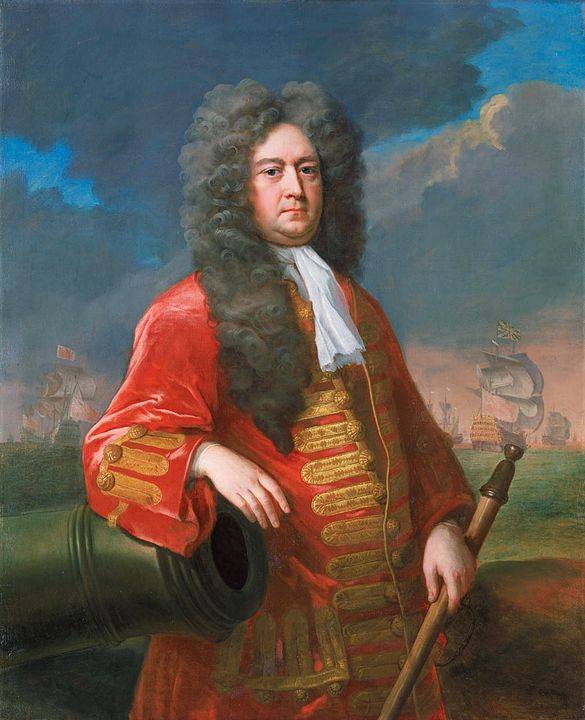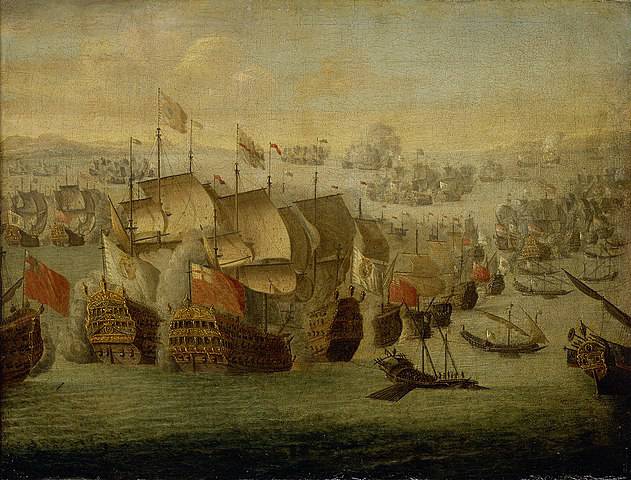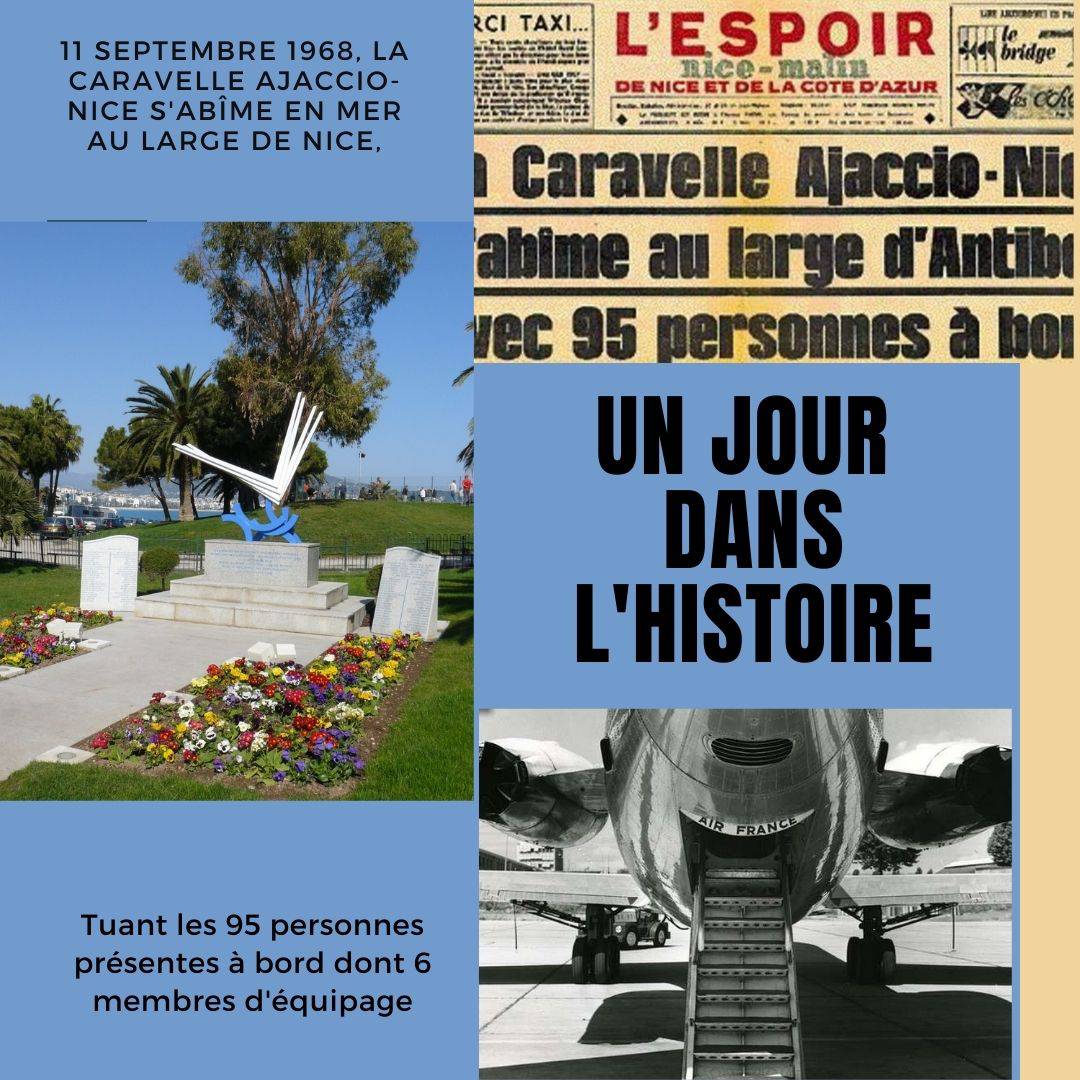
Bataille navale qui a lieu au sud de Malaga. Ce fut la plus grande bataille navale de la guerre de Succession d'Espagne.
La bataille navale de Vélez-Malaga intervient pendant la guerre de Succession d'Espagne (1701-1714). Dans ce conflit, la France soutient le roi d'Espagne Philippe V, petit-fils du roi de France Louis XIV, contre les autres puissances européennes (archiduché d'Autriche, royaume d'Angleterre, Provinces-Unies).
La prise de Gibraltar par l'amiral anglais Rooke le 4 août 1704 pose un grave problème au roi de France. Désormais, les escadres de Toulon sont coupées de l'Atlantique. Aussi, Louis XIV décide-t-il de reprendre Gibraltar aux Anglais.
Rooke possède 65 navires dont 53 vaisseaux et 12 autres bâtiments dont quelques galiotes à bombes, sans compter les navires hollandais. La flotte anglaise dispose de 3 614 canons et de 22 453 hommes
August 24, 1704 Battle of Málaga
Naval battle that takes place south of Malaga. It was the biggest naval battle of the War of the Spanish Succession.
The naval battle of Vélez-Malaga took place during the War of the Spanish Succession (1701-1714). In this conflict, France supports the King of Spain Philippe V, grandson of the King of France Louis XIV, against the other European powers (Archduchy of Austria, Kingdom of England, United Provinces).
The capture of Gibraltar by the English Admiral Rooke on August 4, 1704 posed a serious problem to the King of France. Henceforth, the Toulon squadrons were cut off from the Atlantic. Also, Louis XIV decides to take back Gibraltar from the English.
Rooke has 65 ships including 53 vessels and 12 other buildings including some bomb galiotes, not counting the Dutch ships. The English fleet has 3,614 guns and 22,453 men.










